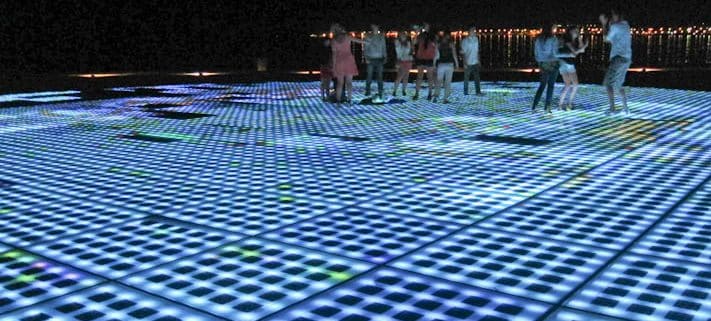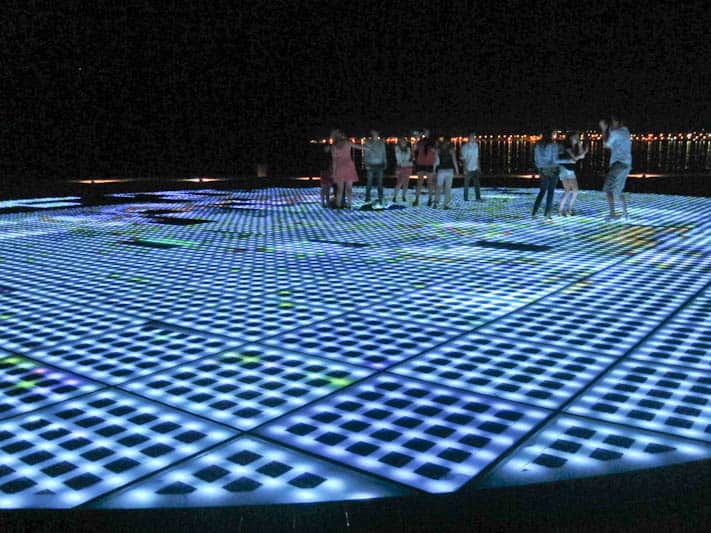Over 2 million visitors to Croatia’s national parks this year
A couple of news reports yesterday revealed that Croatia’s wonderful national parks have been very popular with visitors so far this year. A grand total of 2.12 million people have visited the country’s eight national parks during the first nine months of the year. Of this, almost 90% were foreign visitors (1.82 million being the actual figure), with the remaining 300,000 being domestic visitors.
The stunning Plitvice Lakes National Park was far and away the most popular, receiving 1.01 million visitors of the total figure. The park reached the important one-millionth visitor milestone – for the first time ever – in late September this year, which is a fantastic achievement. Last year the park had hoped to reach the magical one million mark, although ending up receiving only a few tens of thousands of visitors less. Given that this was for the whole of 2010, this year the park certainly looks like it will have very healthy growth in its visitor numbers. With its truly mesmerising mix of lakes and waterfalls, increased interest in the park this year is no real surprise – and we’ve noticed that there’s been plenty of press coverage on Plitvice too! (Such as this article from the Daily Mail.)
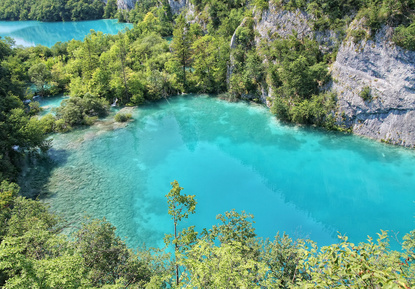
The second most popular national park was Krka, which received 652,000 visitors during January to September this year. This too is no surprise and given its location (close to the coast, with easy connections from Sibenik) and wonderful features including its many waterfalls (such as Skradinski Buk, a series of seventeen waterfalls). Visitors to Krka can also bathe in its waters (unlike in Plitvice), which makes for an enjoyable experience.
After Plitvice and Krk, Brijuni National Park, off the Istrian coast, came in third with 143,000 visitors. Paklenica National Park, a joy for hikers and climbers, was in fourth position with 107,100 visitors, whilst the national park on the island Mljet was in fifth place with 93,000 visitors. Sixth was Kornati National Park which welcomed 82,400 visitors whilst in seventh and eight were the national parks of Risnjak and Northern Velebit which received 17,000 visitors each.
Sources: Vjesnik, HRT, Vjesnik


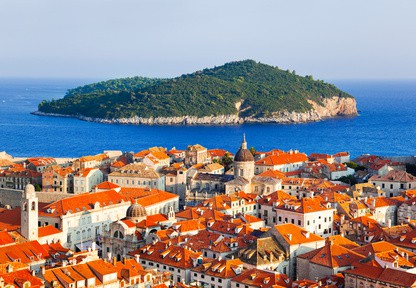

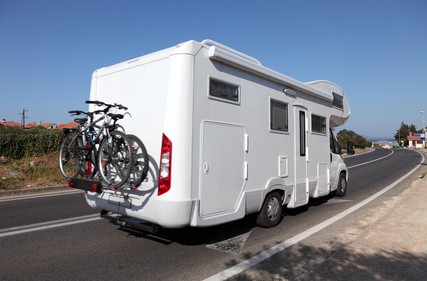
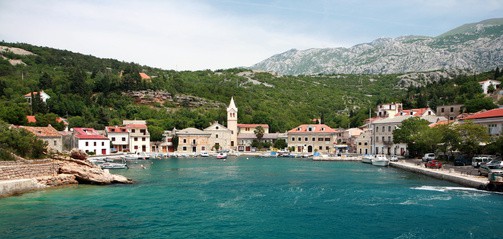
 Tourists surround Onofrio’s Fountain in Dubrovnik
Tourists surround Onofrio’s Fountain in Dubrovnik